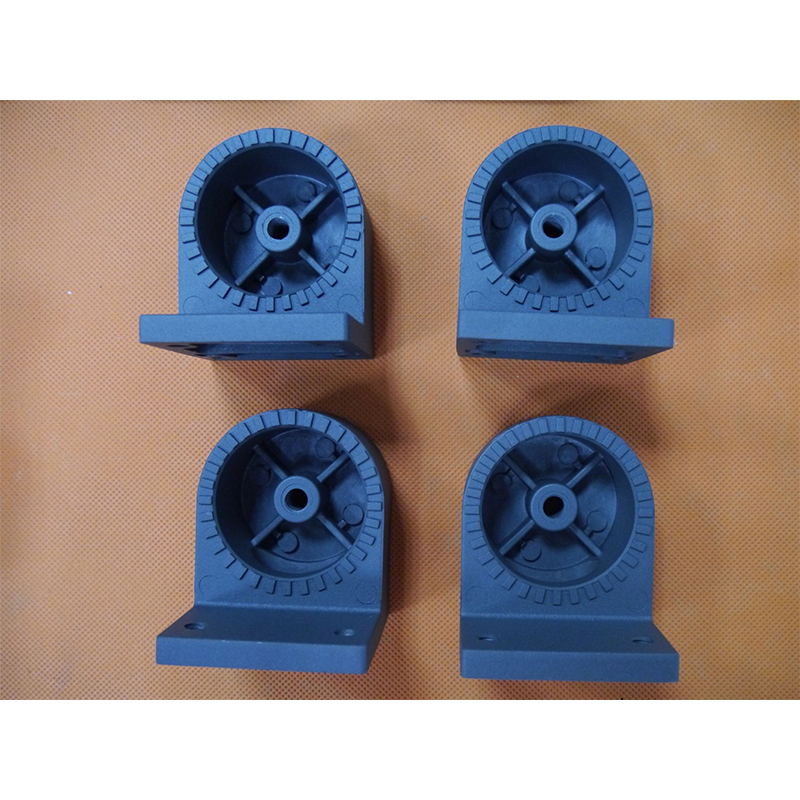How Aluminum Die Casting Parts Are Made
Aluminum die casting allows people to make detailed as well as complex metal parts from aluminum using aluminum die castings simply by injecting molten aluminum into a mold. Such parts are suited for the automotive, aerospace, electronics, and many others because of aluminum’s natural lightweight, high strength and corrosion resistance. In this article, we will describe all the processes that are involved in the making of aluminum die casting parts. We will use RMT as an illustration of best performance.
Step 1: Part design and die making
Aluminum die casting process begins with the design of the aluminum part which is to be made using a specific die also known as a mold. At RMT, experienced engineers integrate with a client in order to make them a detailed part design of the part but also one that is suited for the die casting phase. The design of the part must factor in wall thickness, material flow, cooling channels and so forth. After the design is accepted, it is in most cases a high precision mold that is manufactured. This mold is often cut from high-strength steel since it will be used in casting which is a high pressure and high temperature process.
Step 2: Pouring and Injection
Having realized the pattern, the next phase is aluminum alloy melting. The melting point of aluminum is 700-750 °C (1292-1382 °F). In the RMT plant, there are a number of furnaces in which the aluminum is efficiently heated, in most cases, to the desired temperature. There is no appreciable variation throughout the operations.
The filler metal is subsequently injected into the cavity using hydraulic pressure. This violent injection allows the metal to fill all the interstitial spaces in the mold, dusting the features of the part in its basic configuration. Since the injection was performed under high pressure, it has made it possible to obtain highly accurate parts with good aesthetics.
Step 3: Cooling and Ejection
After the aluminum has been poured into the cavity, the metal’s temperature drops and solidification occurs in seconds. The cooling rate is critical since it controls the final shape, strength, and integrity of the casting. During the die casting process in RMT, intricate cooling channels are integrally incorporated in the mold to provide uniform cooling and avoid distorting or shrinking defects in the casting.
When the temperature reaches below operating limits, the mold is opened, and the type of Aluminum part is ejected. The mechanics use a number of flaws such as cracking and incomplete filling while considering the component ready for the next stage of manufacturing.
Step 4: Additional Processes
Often after ejection from the mold, the parts require further work to enhance their finish and function. Depending on the finished goods, the processes may include the trimming, grinding, and machining or polishing the parts. To meet high-quality standards, RMT uses the best CNC machines, so each part is manufactured within the specified tolerances. Others may be sprayed coated to prevent corrosion or to beautify the constructed parts and those are the anodized coating.
Step 5: Quality Control and the Last Check
Quality control is an essential factor in aluminum die casting and in RMT all parts are controlled thoroughly in respect of finally expected tolerance. This might include aspects such as visual examination, measurement of dimensional parameters, or mechanical tests. Further, RMT employs several nondestructive testing of components, for example X-ray or ultrasonic inspection, when there is a need to look around or inside components where the defects are not visible on the outside.
Aluminum die casting is an innovative and effective technique which is widely applicable compound in many industrial sectors. Certainly, this technique has a well defined process that involves designing, melting, injecting, cooling, and secondary finishing, and this enables companies like RMT to produce parts that suit and withstand the requirements of even the strictest standards.


 EN
EN
 AR
AR
 BG
BG
 HR
HR
 CS
CS
 DA
DA
 NL
NL
 FI
FI
 FR
FR
 DE
DE
 EL
EL
 IT
IT
 JA
JA
 KO
KO
 NO
NO
 PL
PL
 PT
PT
 RO
RO
 RU
RU
 ES
ES
 SV
SV
 IW
IW
 LV
LV
 SR
SR
 SK
SK
 UK
UK
 GL
GL
 HU
HU
 TH
TH
 TR
TR
 FA
FA
 GA
GA
 CY
CY
 EU
EU
 BN
BN
 BS
BS
 LA
LA
 NE
NE
 SO
SO
 KK
KK











